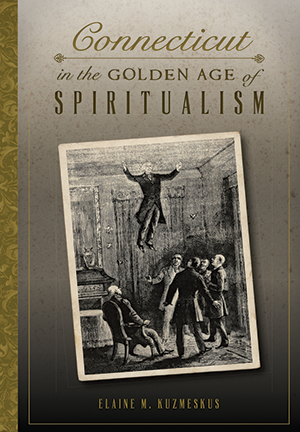#1 Witches of Pennsylvania
From William Penn to the Hex Murders and beyond
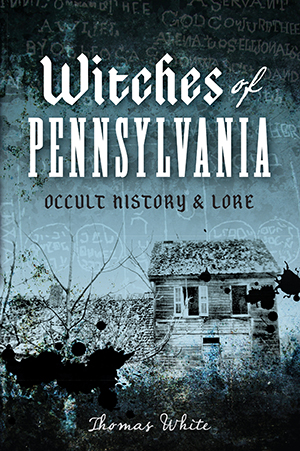
Since William Penn presided over the state’s only official witch trial in 1684, witchcraft and folk magic have been a part of the history of the Keystone State. English and German settlers brought their beliefs in magic with them from the Old World–sometimes with dangerous consequences. In 1802, an Allegheny County judge helped an accused witch escape an angry mob. Susan Mummey was not so fortunate. In 1934, she was shot and killed in her home by a young Schuylkill County man who was convinced that she had cursed him. In other regions of the state, views on folk magic were more complex. While hex doctors were feared in the Pennsylvania German tradition, powwowers were and are revered for their abilities to heal, lift curses and find lost objects. Folklorist Thomas White traces the history and lore of witchcraft and the occult that quietly live on in Pennsylvania even today.
#2 Enchanted Legends and Lore of New Mexico: Witches, Ghosts & Spirits

Beginning in the seventeenth century, townsfolk and rural dwellers in the remote Spanish colonial city of Santa Fe maintained a provocative interest in mysterious and miraculous visions. This preoccupation with the afterlife, occult forces and unearthly beings existing outside the natural world led to early witch trials, stories about saintly apparitions and strange encounters with spirits and haunted places. New Mexican author Ray John de Aragón explores the time-honored tradition of frightening folklore in the Land of Enchantment in this intriguing collection of tales that crosses cultures in the dark corners of the southwestern night.
#3 Witches, Wenches & Wild Women of Rhode Island
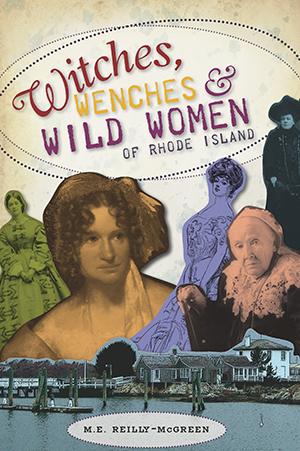
Experience the history of Rhode Island and learn about the Ocean State’s most fascinating and wild women. Read of Mercy Brown, a nineteen-year-old consumption victim who was thought to be a vampire and whose body was exhumed and discovered with blood in the heart. There was Goody Seager, accused of infesting her neighbor’s cheese with maggots by using witchcraft, and Tall “Dutch” Kattern of Block Island, an opium-eating fortuneteller whose curse, legend says, set a ship aflame after its crew cast her ashore. Hear of the revolutionaries, like Julia Ward Howe, who invented Mother’s Day and wrote the words to “The Battle Hymn of the Republic,” and religious reformer Anne Hutchinson, said to be the inspiration for Hawthorne’s heroine in The Scarlet Letter, in these thrilling tales from author M.E. Reilly-McGreen.
#4 Connecticut Witch Trials: The First Panic in the New World

Connecticut’s witch hunt was the first and most ferocious in New England, occurring almost fifty years before the infamous Salem witch trials. Between 1647 and 1697, at least thirty-four men and women from across the state were formally charged with witchcraft. Eleven were hanged. In New Haven, William Meeker was accused of cutting off and burning his pig’s ears and tail as he cast a bewitching spell. After the hanging of Fairfield’s Goody Knapp, magistrates cut down and searched her body for the marks of the devil. Through newspaper clippings, court records, letters and diaries, author Cynthia Wolfe Boynton uncovers the dark history of the Connecticut witch trials.
#5 The Witch of Delray: Rose Veres & Detroit’s Infamous 1930s Murder Mystery
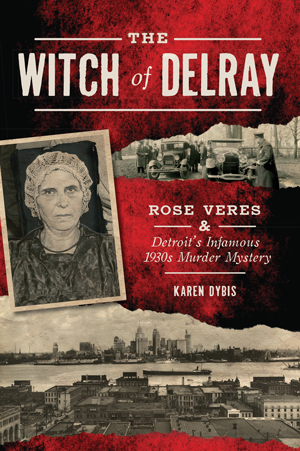
Detroit was full of stark contrasts in 1931. Political scandals, rumrunners and mobs lurked in the shadows of the city’s soaring architecture and industrious population. As the Great Depression began to take hold, tensions grew, spilling over into the investigation of a mysterious murder at the boardinghouse of Hungarian immigrant Rose Veres. Amid accusations of witchcraft, Rose and her son Bill were convicted of the brutal killing and suspected in a dozen more. Their cries of innocence went unheeded—until one lawyer, determined to seek justice, took on the case. Author Karen Dybis follows the twists and turns of this shocking story, revealing the truth of Detroit’s own Hex Woman.
#6 Sorcery in Salem

In Sorcery in Salem, local author John Hardy Wright examines the witchcraft delusion that afflicted Salem Village and Salem Town in the winter of 1691–92. Twenty inhabitants lost their lives at that time; nineteen were hanged on Gallows Hill, and one elderly man, Giles Cory, by remaining mute as a personal protest to the proceedings of the court, was pressed to death under heavy weights. Once the prosecuting examinations began on March 1, 1692, local authorities were uncertain what course the following trials would take. Spectral evidence, in which the shape of a suspected witch tortured people, was a primary indication of guilt, as was the “touch test,” in which a victim was released from the witch’s power upon the laying on of hands. Not being able to correctly recite the Lord’s Prayer was also damning.
#7 Salem’s Witch House: A Touchstone to Antiquity

Though located on Massachusetts’s scenic North Shore, Salem is often remembered for its less than picturesque history. The “Witch City,” as it is internationally known, is home to numerous landmarks dedicated to the notorious trials of 1692. Of these, the Witch House is perhaps most significant; this former residence of Judge Jonathan Corwin, whose court ordered the execution of twenty men and women, is the town’s only true historic tie to the trials. It was here that Corwin examined the unfortunate accused. There is, however, more to this ancient building than its most famous occupant. From wars and death to prosperity and progress, local author John Goff searches beneath its beams and studs to find stories of those who called this place home.
#8 A History of Spiritualism and the Occult in Salem: The Rise of Witch City

Salem, Massachusetts, is the quintessential New England town, with its cobbled streets and strong ties to the sea. With the notoriety of the Salem witch trials, the city’s reputation has been irrevocably linked to the occult. However, few know the history behind the religion of Spiritualism and the social movement that took root in this romanticized land. At the turn of the century, seers, mediums and magnetic healers all hoped to connect to the spiritual world. The popularity of Spiritualism and renewed interest in the occult blossomed out of an attempt to find an intellectual and emotional balance between science and religion. Learn of early converts, the role of the venerable Essex Institute and the psychic legacy of “Moll” Pitcher. Historian Maggi Smith-Dalton delves into Salem’s exotic history, unraveling the beginnings of Spiritualism and the rise of the Witch City.
#9 Moll Dyer and Other Witch Tales of Southern Maryland

#10 Philadelphia Spiritualism and the Curious Case of Katie King
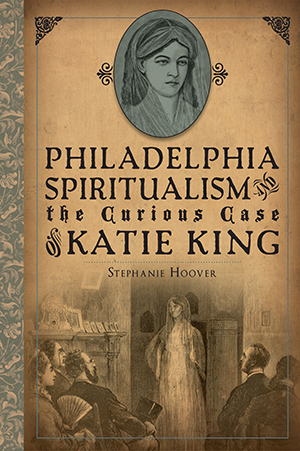
In the wake of the Civil War, Spiritualism–and its promises of communication with the dead–reached its peak as grieving families hoped to reunite with men lost in battle. In the face of an uncertain future, people sought comfort in the messages of mediums, and for Philadelphians, that reassurance was found in Katie King. Katie was a spirit who materialized at the seances of Mr. and Mrs. Nelson Holmes–or so attendees believed. For eight months in 1874, she captivated every level of Philadelphia society, including Vice President Henry Wilson, who clamored to speak with the lovely apparition. When a believer-turned-skeptic decided to investigate Katie King for himself, the “spirit” was quickly revealed as a hoax. From the rise of Spiritualism in the city to the aftermath of the scandal, author Stephanie Hoover reveals the personalities and chicanery behind the curious case of Katie King.
#11: Witchcraft in Colonial Virginia
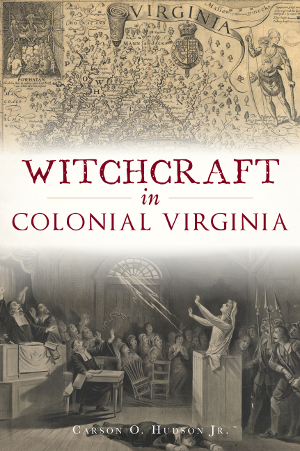
While the witchcraft mania that swept through Salem, Massachusetts, in 1692 was significant, fascination with it has tended to overshadow the historical records of other persecutions throughout early America. Colonial Virginians shared a common belief in the supernatural with their northern neighbors. The 1626 case of Joan Wright, the first woman to be accused of witchcraft in British North America, began Virginia’s own witch craze. Utilizing surviving records, local historian Carson Hudson narrates these fascinating stories.



